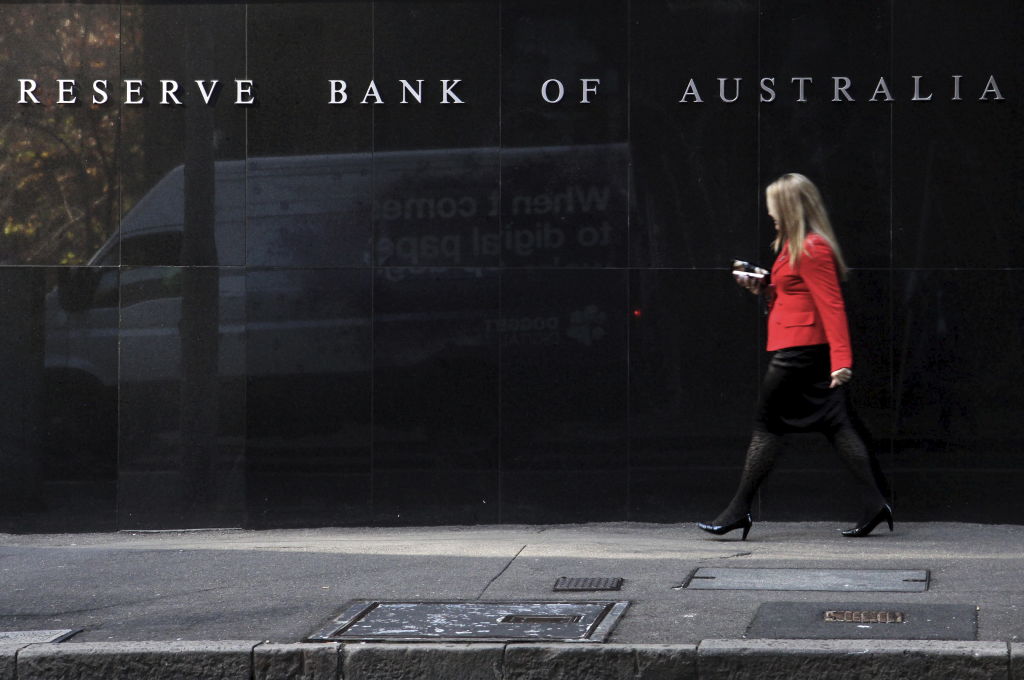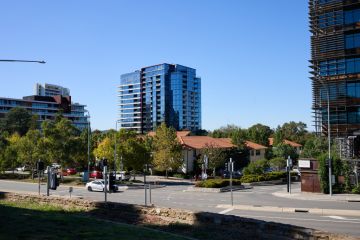RBA less optimistic about the Australian economy but keeps rates on hold

After a two month summer break, the RBA has kept interest rates on hold at 1.5 per cent. The RBA has maintained a fairly optimistic view on the economy, although noted in the statement that “downside risks” have increased.
The key question before today’s meeting was whether the RBA would remove its “hiking bias” that has been present in its commentary. The RBA hasn’t changed course, maintaining the key line that “further progress in reducing unemployment and having inflation return to target is expected, although this progress is likely to be gradual”, which featured in its post-meeting statements throughout 2018.
The RBA’s positive outlook has persisted despite weak inflation, falling house prices, a weakening construction sector, soft consumer spending and growing risks to global growth.
Inflation remains stubbornly weak
Ongoing weak inflation has kept the RBA from increasing the cash rate. Underlying inflation, which excludes volatile price movements, has been below 2 per cent for the past three years. The Consumer Price Index result for the 2018 December quarter was slightly above expectations but it was still a soft result. The Melbourne Institute monthly inflation measure also points to continuing low inflation in early 2019.
The RBA has lowered its forecast for underlying inflation in 2019 to 2 per cent, and stated that the pick-up in inflation is going “to take a little longer than earlier expected”.
The RBA’s objective is keep headline inflation in the 2-3 per cent target range on average. This objective is pursued in combination with maintaining full employment, which is currently estimated to be an unemployment rate of about 4½ per cent. The RBA is forecasting inflation to increase, but with below target inflation and no clear signs of inflation coming, combined with the unemployment sitting at 5 per cent, there is scope for the RBA to cut interest rates to stimulate economic activity.
House prices, home lending and the impact of the financial services royal commission
Property price falls continued at the end of 2018. House price declines over the year were largest in Sydney, Melbourne and Darwin. The RBA has not expressed concern about property price falls as yet, stating that “the housing markets in Sydney and Melbourne are going through a period of adjustment, after an earlier large run-up in prices”. But if rapid falls continue and weigh on spending by households, the RBA may become more worried, which would increase the chances of the RBA cutting rates.
Leading indicators of property price growth, such as falling home lending and low clearance rates, point to further price falls this year. Many banks have also increased mortgage rates by 0.15-0.2 per cent in the past few weeks. The RBA stated that “credit conditions for some borrowers are tighter than they have been” but that “mortgage rates remain low and there is strong competition for borrowers of high credit quality”.
The recommendations in the financial services royal commission final report regarding home lending were more modest than expected. Banks tightened lending standards last year, particularly the verification of living expenses, in response to APRA interventions and in anticipation of the Royal Commission recommending stricter lending standards. As a result, banks may have reached or are close to reaching a “new normal” of tighter lending standards. So home lending may be close to bottoming out after last year’s significant falls, but this will also require more investors returning to the property market.
Weaker economic data
Since the last RBA meeting in early December, the financial markets have changed tune and think it is more likely the RBA will cut the cash rate, a stark turnaround from six months ago when the next move was expected to be a rise. According to the financial markets, there is a 70 per cent chance the RBA will cut the cash rate to 1.25 per cent this time next year.
A string of weak economic data contributed to this change in expectations. In addition to weak inflation and falling house prices, September quarter economic growth was weak, business conditions fell in December and so did consumer confidence. Consumer spending in December was also weak. Falling property prices are also weighing on the construction sector. Building approvals in the last six months of 2018 were 17 per cent lower than in the same period in 2017, with approvals for new apartments falling dramatically. The outlook for the global economy also softened: global growth forecasts were downgraded: China’s economy is slowing, other central banks became more pessimistic, and the likelihood of a disastrous no-deal Brexit increased.
But it was not all bad news. Unemployment continues to fall, particularly in Victoria, and commodity prices have increased over the past couple of months.
So where to next?
Weaker economic data and growing risks to Australia’s economic outlook didn’t change the RBA’s language about the future path of interest rates. As a result, the RBA is likely to keep the cash rate at 1.5 per cent until at least mid-2019.
The RBA will explain its thinking in more detail in a speech by Governor Lowe on Wednesday and the RBA’s updated forecasts released on Friday will provide greater insight into the RBA’s outlook for the economy.
We recommend
States
Capital Cities
Capital Cities - Rentals
Popular Areas
Allhomes
More







